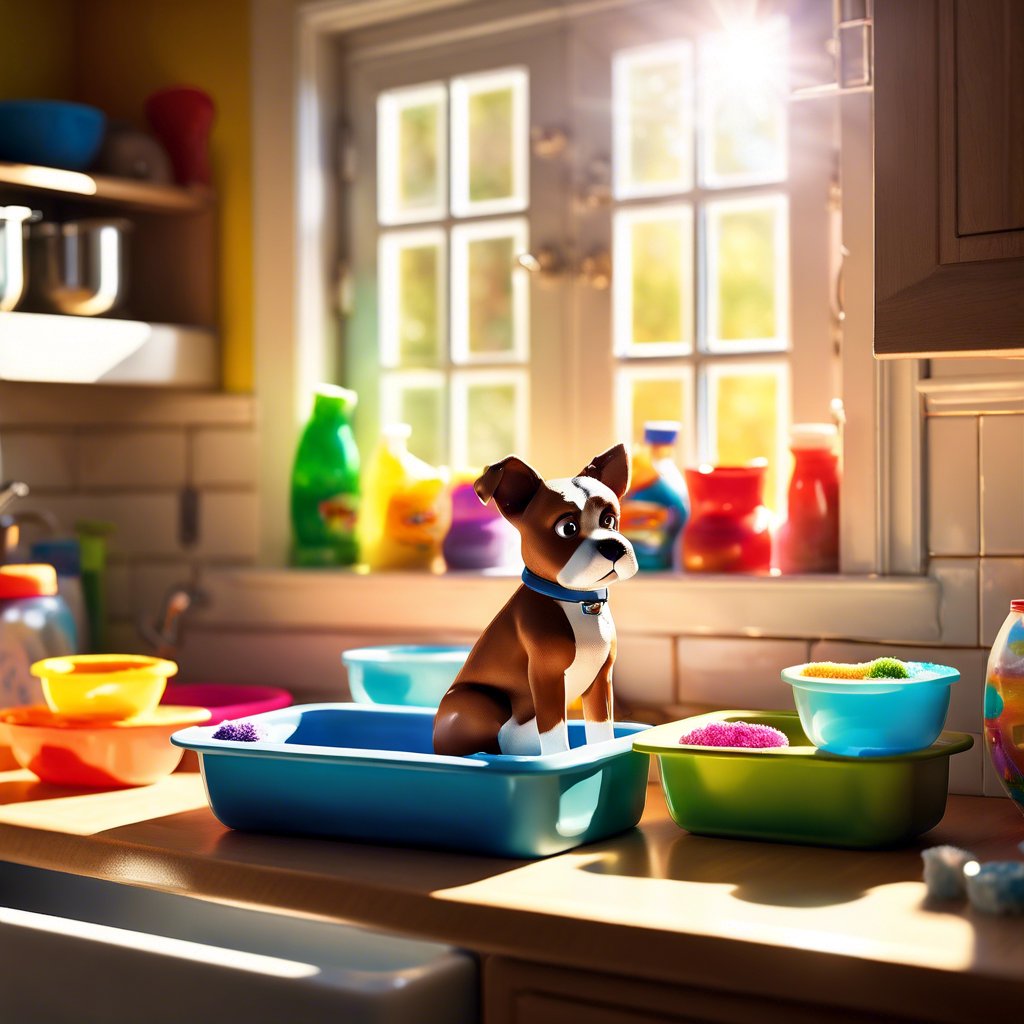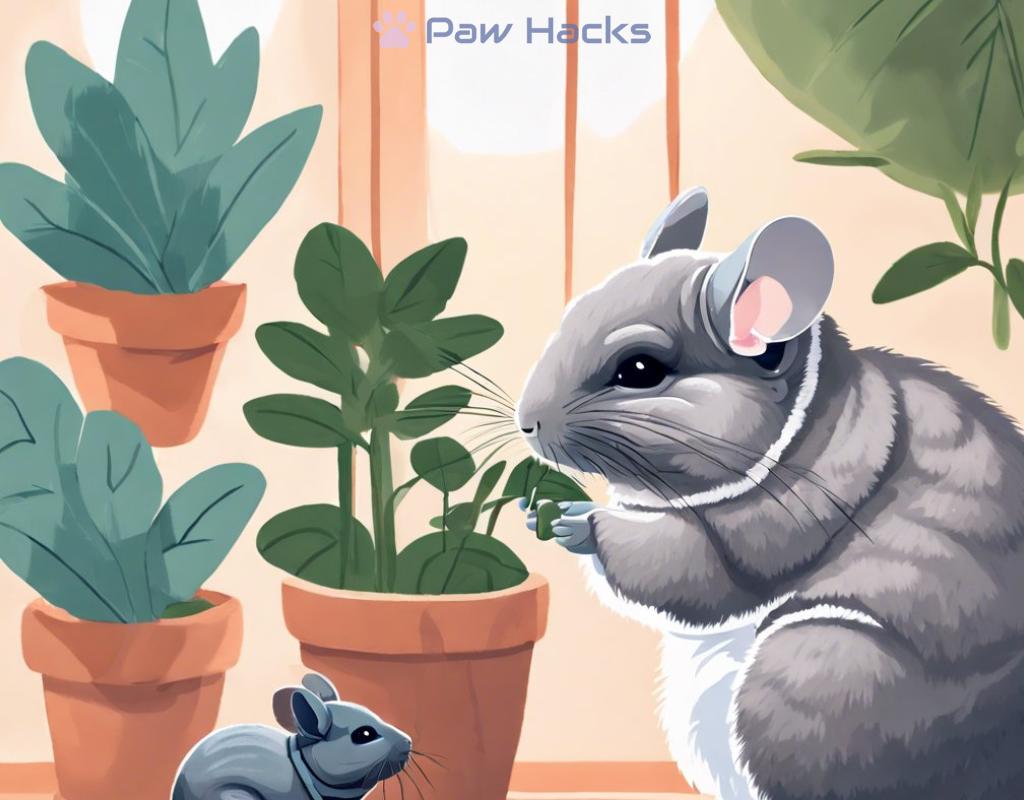Washing Pet Food and Water Bowls
Why Clean Bowls Matter More Than You Think

When it comes to our furry friends, we often think about the quality of their food, the comfort of their beds, and the fun of their toys. But what about the cleanliness of their food and water bowls? Believe it or not, the state of these everyday items can significantly impact your pet’s health. Bacteria, mold, and leftover food particles can create a breeding ground for harmful pathogens. So, let’s dive into why keeping these bowls spick and span is crucial for your pet’s well-being.
Effective Strategies for a Sparkling Clean
Cleaning pet bowls isn’t just about aesthetics; it’s about ensuring a safe eating environment. Here are some effective strategies to keep those bowls clean:
- Frequency of Cleaning: Aim to wash food bowls daily and water bowls every few days.
- Use Pet-Safe Detergents: Opt for non-toxic cleaning agents to avoid harmful residues.
- Scrubbing Techniques: A thorough scrub with a brush can help dislodge stubborn grime.
Choosing the Right Materials for Bowls
Not all pet bowls are created equal. The material of your pet’s bowl can affect how easily it can be cleaned and how well it resists bacteria. Here’s a quick comparison of common bowl materials:
| Material | Pros | Cons |
|---|---|---|
| Stainless Steel | Durable, non-porous, easy to clean | Can be noisy, may get hot in the sun |
| Plastic | Lightweight, affordable | Can scratch easily, may harbor bacteria |
| Ceramic | Stylish, heavy (less likely to tip) | Can chip or crack, may not be dishwasher safe |
When choosing a bowl, consider both functionality and ease of cleaning to ensure your pet stays healthy and happy.
Share this content:



